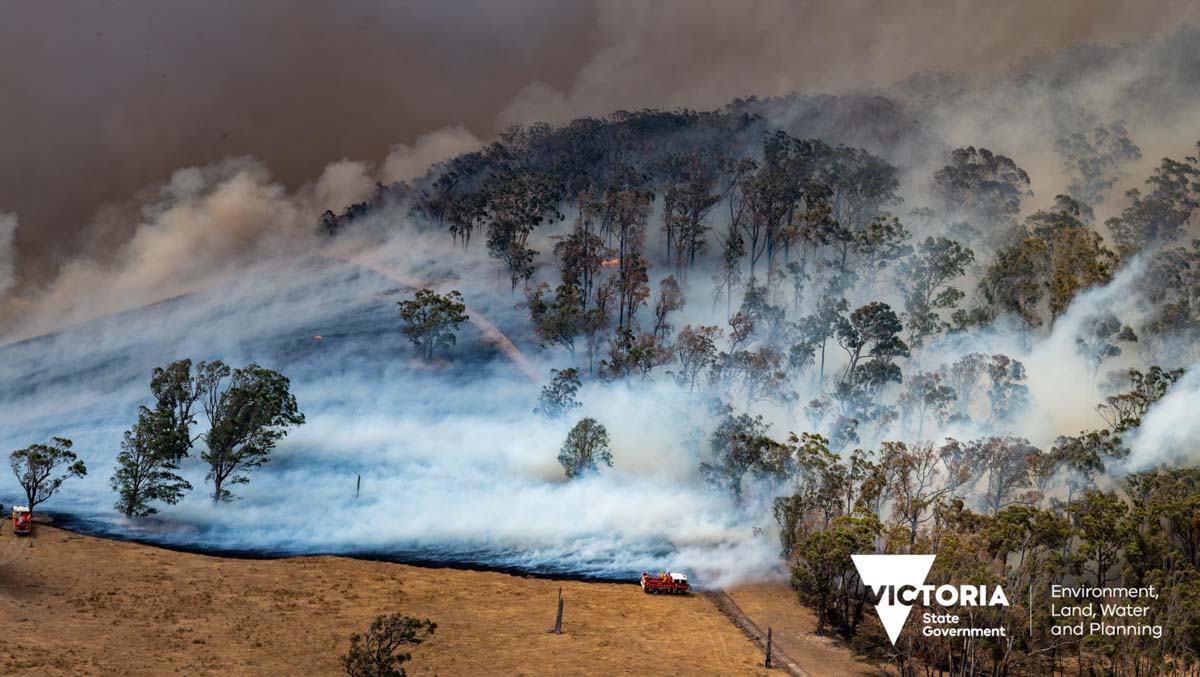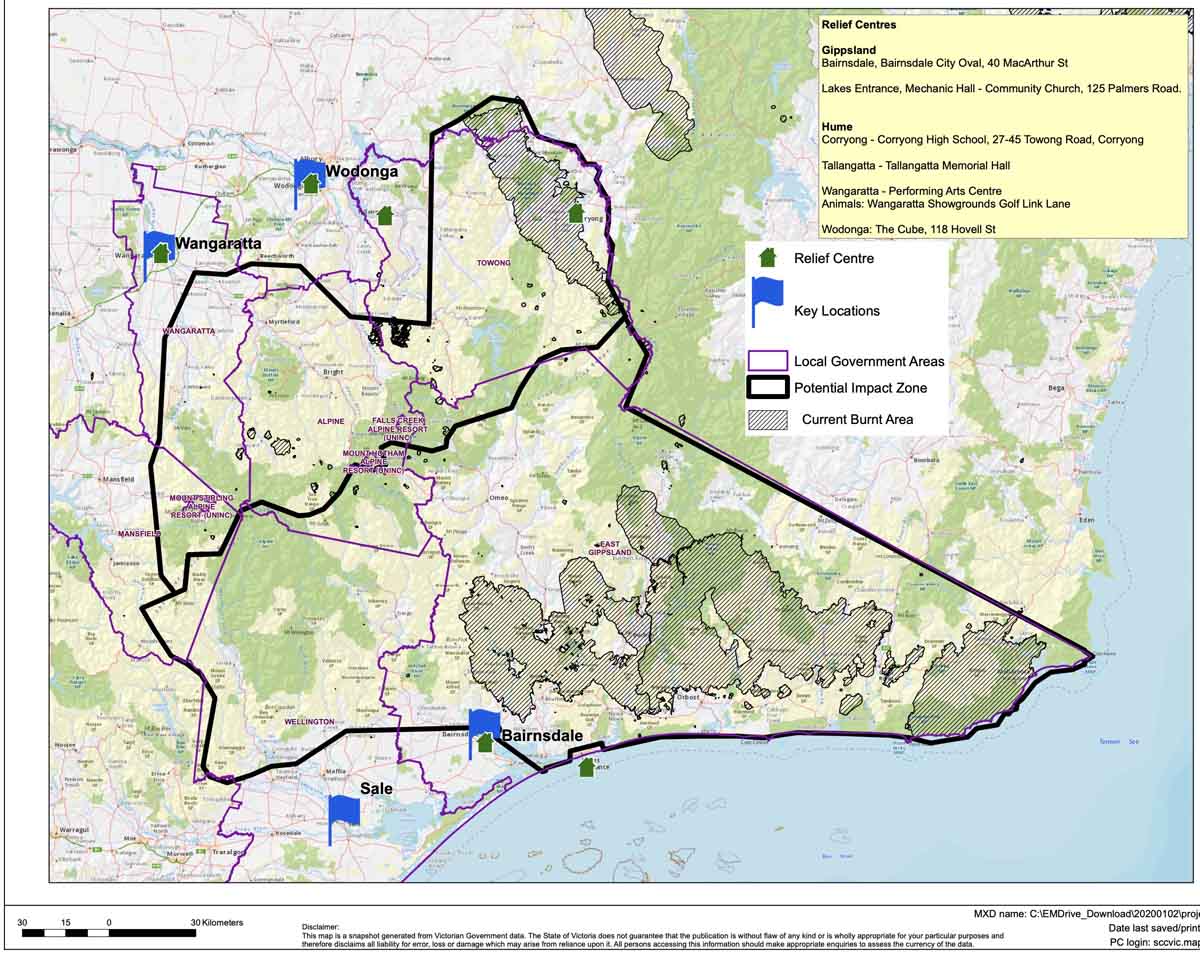
One of the first clues that the bushfire season in eastern Australia was going to be abnormal was when the 737 air tanker just purchased by the government began to be used on a fairly regular basis shortly after it arrived during the southern hemisphere winter. It made its first drop on August 8, 2019 more than three months before summer began.
Since that first drop the intensity of the fire season slowly grew during the rest of the winter and fall, and by the end of November was in full swing showing signs of what has become an unprecedented fire season.
The hot, dry, and windy conditions predicted for Saturday could make a bad situation worse. At Canberra, the capital, the wind will shift 180 degrees in the morning to come out of the northwest at 20 mph. The temperature will max out under mostly sunny skies at 105F with the relative humidity in the lower teens.
Based on the expected conditions, the New South Wales Rural Fire Service is recommending that holiday makers leave certain areas before burning conditions become even more dangerous on Saturday. Some of the “Tourist Leave Zones” include Khancoban, Snow Monaro, Shoalhaven, Batlow, Wondalga, and South Coast.
Here is an example:
Leave Zone – Shoalhaven
Widespread extreme Fire Danger forecast for Shoalhaven Sat 4 Jan 2020. If you’re holidaying in areas identified on the map, you need to leave before Saturday. Residents should be aware & prepare. For road closure info @LiveTrafficNSW #nswrfs #nswfires pic.twitter.com/rmDW7tZlnp— NSW RFS (@NSWRFS) January 2, 2020
The fire situation has escalated to the point where thousands of residents and vacationers were forced at the end of the decade to flee to the coast where they turned around to watch as the fire followed, burning until it ran out of fuel at the sand.
Navy ships have been mobilized to help feed and evacuate the evacuees, but it’s not as easy as it might seem. One of the first tasks is to determine who among the thousands at Mallacoota, Victoria, are willing and able to climb a ladder from a small boat up to the much larger Navy vessel built to carry 300 soldiers and 23 tanks. It is expected to transport about 800 evacuees. Those who can’t board the ship and still want to leave, may be removed from the burnt-over area by helicopters, but visibility degraded by smoke could make flying difficult.
Since Australia does not have a central point for collecting and distributing information about widespread bushfires, exact numbers are difficult to obtain, but on the continent between July and December approximately 12 million acres (4.8 million hectares) burned, the size of Vermont and New Hampshire combined.
In New South Wales alone as of January 1, 2020, the numbers of destroyed structures include 916 homes, 73 facilities, and 2,107 outbuildings.
There have been approximately 17 deaths related to the fires in Australia, including three firefighters.
Rural Fire Service commissioner Shane Fitzsimmons on Tuesday described the crisis as the “worst bushfire season on record”.
Meanwhile, two senior members of the government decided it was a good time to take vacations. The New South Wales Emergency Services Minister, David Elliot, came back home from the UK shortly after his personal trip was reported in the Sydney Morning Herald. Earlier he had said, according to the newspaper, that he would return “if the bushfire situation should demand it.”
Prime Minister Scott Morrison cut his Hawaii vacation short following intense criticism.

